Our eyes are the windows into our bodies and give important clues to our overall health status. Age related macular degeneration (AMD) is the leading cause of significant, permanent vision loss in individuals over 60. Approximately 1.5 million Americans have AMD, and roughly 7 million have an early form of the disease.
AMD causes loss of central vision. There are two forms of the disease: dry and wet. In AMD, the macula is damaged by protein deposits, growth of abnormal membranes, and bleeding under the retina. The macula is the central portion of the retina which is responsible for fine vision. The resulting scarring leads to  loss of this central vision, making it difficult to recognize faces. Many factors are associated with AMD, including exposure to cigarette smoke (increases risk of disease 400%), obesity, high blood pressure, high cholesterol, increased dietary fat intake, low levels of antioxidants, exposure to shorter wavelength (higher energy) light, and age. We can modify many of these factors, and also decrease the risk of AMD with supplements and a balanced, healthful diet.
loss of this central vision, making it difficult to recognize faces. Many factors are associated with AMD, including exposure to cigarette smoke (increases risk of disease 400%), obesity, high blood pressure, high cholesterol, increased dietary fat intake, low levels of antioxidants, exposure to shorter wavelength (higher energy) light, and age. We can modify many of these factors, and also decrease the risk of AMD with supplements and a balanced, healthful diet.
Nutritional supplementation is one area of strong interest in AMD studies. The AREDS (Age Related Eye Disease) Study found a 25% reduction in progression from stage 3 or 4 disease to advanced AMD disease if participants took the recommended doses of antioxidants and specific minerals (5000 IU Vitamin A, 500 mg Vitamin C, 400 mg Vitamin E, 80 mg zinc, 2 mg copper). Another study found a correlation between the incidence of atherosclerotic heart disease and AMD. Further research has found those who consumed meat 10 times or more per week are almost 50% more likely to develop AMD than those who ate meat less than 4.5 times per week. This relationship is found even when controlling for obesity and smoking. The authors feel that meat may result in oxidative damage that is toxic to the retina.
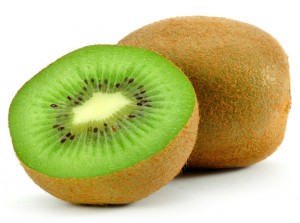 Two studies in particular have focused on nutrition and AMD. One evaluated diet and the other focused on blood levels of nutrients. Both found that up to 90% of vision loss caused by macular degeneration may be prevented if an optimal diet is adopted. Antioxidants, which are found in many fruits and vegetables, play a vital role in reducing damage caused by free radicals. Free radicals are unstable molecules which cause cellular damage. Free radicals are formed when the body is exposed to toxic insults such as cigarette smoke, ultraviolet radiation or in those with a higher percentage of body fat and lower levels of antioxidants.
Two studies in particular have focused on nutrition and AMD. One evaluated diet and the other focused on blood levels of nutrients. Both found that up to 90% of vision loss caused by macular degeneration may be prevented if an optimal diet is adopted. Antioxidants, which are found in many fruits and vegetables, play a vital role in reducing damage caused by free radicals. Free radicals are unstable molecules which cause cellular damage. Free radicals are formed when the body is exposed to toxic insults such as cigarette smoke, ultraviolet radiation or in those with a higher percentage of body fat and lower levels of antioxidants.
Carotenoids are a subset of antioxidants which have been studied in AMD. Those who consume a diet rich in carotenoids had about 40% less disease than those who consumed very little carotenoids. Lutein and zeaxanthin are two specific carotenoid compounds that have been found to be the most beneficial. They are thought to filter the more harmful short wavelength light rays, thereby reducing toxic damage to the macula. A study of the dietary habits of 4,519 Americans was conducted over 6 years and found that those in the top 20% of dietary consumption of lutein and zeaxanthin had a 35% less chance of developing AMD than those in the lowest 20% of consumption. Carotenoid compounds give fruits and vegetables their yellow color.
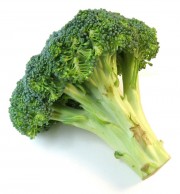 In the Coachella Valley, we are fortunate to enjoy a rich variety of antioxidant-containing fruits and vegetables year round. Antioxidant rich fruits include blueberries, blackberries, strawberries, raspberries, plums, oranges, red grapes, cherries, kiwi fruit and pink grapefruit. Antioxidant rich vegetables include garlic, kale, spinach, brussel sprouts, broccoli, beets, red bell peppers, onions, corn and eggplant.
In the Coachella Valley, we are fortunate to enjoy a rich variety of antioxidant-containing fruits and vegetables year round. Antioxidant rich fruits include blueberries, blackberries, strawberries, raspberries, plums, oranges, red grapes, cherries, kiwi fruit and pink grapefruit. Antioxidant rich vegetables include garlic, kale, spinach, brussel sprouts, broccoli, beets, red bell peppers, onions, corn and eggplant.
Within the large Baby Boomer population, the incidence of AMD is expected to increase. The good news is that with modification of lifestyle and dietary habits, much can be done to prevent the development of macular degeneration, and stave off progression in those already diagnosed.
Increased consumption of antioxidants is one effective, proactive method. It helps us feel more energetic and rejuvenated. Carotenoids are an important subset of antioxidants, and their levels can be quantified with an optical scanning device. After placing your hand in front of a low-energy blue light, your Skin Carotenoid Score (SCS) can be painlessly measured in less than two minutes. This convenient scanning tool can help measure your progress and success in making positive lifestyle changes that will help combat AMD.
Dr. Hui is the founder of The Eyelid Institute in Palm Desert. She is an Oculoplastic surgeon with a special interest in cosmetic/reconstructive eyelid surgery and anti-aging treatments. An Oculoplastic surgeon is a physician with combined training in Ophthalmic Plastic and Reconstructive Surgery (Oculoplastics) and Ophthalmology who has unique abilities to perform a variety of delicate procedures around the eyes. Dr. Hui can be reached at 760.610.2677
Sources: 1) Harvard Women’s Health Watch May 2009; 2) JAMA 217 (1994):1413-20; 3) Eye Disease Prevalence Research Group (2004); 4) The Age-Related Eye Disease Study Research Group (2001); 5) AREDS Report No. 8. Arch Ophthalmol 119:1417–1436; 6) Am J Epidemiol. 1995;142(4):404–409; 7) Invest Ophthalmol Visual Sci . 2001;42(1):265-74; 8) Elaine Chong American Journal of Epidemiology, April 1, 2009; 9) John Paul San Giovanni Archives of Ophthalmology October 2007; 10) Lili Zhao and Burgunda V. Sweet Am J Health-Syst Pharm—Vol 65 Jul 1, 2008 from University of Michigan; 11) Nutrition and Lifestyle Interventions in the Prevention and Treatment of Common Eye Diseases; 12) Neil Nedley, M.D. (2012, Loma Linda CA); 13) Harvard Womens Health Watch May 2009; 14) Seddon JM, Ajani VA, Sperduto RD, et al. “Dietary carotenoids, vitamins A, C, and E, and advanced age-related macular degeneration.” JAMA 217 (1994):1413-20; 15) Eye Disease Prevalence Research Group (2004); 16) The Age-Related Eye Disease Study Research Group (2001) A randomized, placebo-controlled, clinical trial of high-dose supplementation with vitamins C and E, beta carotene, and zinc for age-related macular degeneration and vision loss. AREDS Report No. 8. Arch Ophthalmol 119:1417–1436; 17) Vingerling JR, Dielemans I, Bots ML, et al. Age-related macular degeneration is associated with atherosclerosis. The Rotterdam Study. Am J Epidemiol. 1995;142(4):404–409; 18) Curcio CA, Millican CL, Bailey T, et al. Accumulation of cholesterol with age in human Bruch’s membrane. Invest Ophthalmol Visual Sci . 2001;42(1):265-74; 19) Elaine Chong American Journal of Epidemiology, April 1, 2009; 20) John Paul San Giovanni Archives of Ophthalmology October 2007; 21) Lili Zhao and Burgunda V. Sweet Am J Health-Syst Pharm—Vol 65 Jul 1, 2008 from University of Michigan; 22) Nutrition and Lifestyle Interventions in the Prevention and Treatment of Common Eye Diseases Neil Nedley, M.D. (2012, Loma Linda CA)








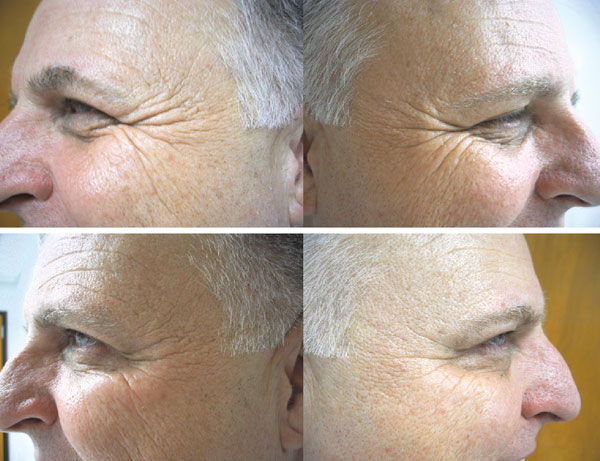


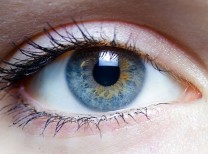
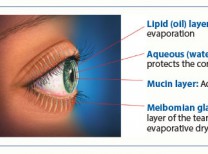




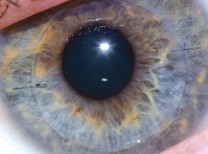





























Comments (0)